Raise your hand if you’ve ever felt confused as a middle school teacher when tasked with providing a reading intervention to middle school students. Whether it’s called WIN time, small group reading instruction, reading intervention, or whatever other acronym your school made up, it’s that 30 minutes of time every day or a couple times a week when you have a small group of students who are labeled as “struggling readers” or “below grade level readers” that you are supposed to magically bring up to grade level.
This is no small task. Often times, these same students have flagged on your school’s universal screener year after year and frankly, they’re sick of being put into these reading groups. As middle school students, they are likely to have one of three things happen that makes them dislike these reading groups:
1. They are put on a computer-based program and are forced to sit on a boring drill-and-kill program (again) with very little actual human interaction. While a computer-based program may sometimes be an element of reading intervention, it is my strong belief that it should not be the main component. You can never replace the power of human interaction between teacher and students, especially during reading intervention.
2. The materials used during the reading intervention are not developmentally appropriate for middle school students. Students already have their self-esteem diminished from being placed in a reading intervention group, and more salt is added to the wound when elementary-level materials are used.
3. The same instructional practice is used day after day after day after day. This repetition creates boredom and lack of engagement.
So what do you do as a teacher providing a reading intervention to middle school students? My intention of this blog post is to provide you with instructional practices you can take, use, and tailor to the students and amount of time you have. Before I go through the instructional practices though, I have to mention two non-negotiables for reading intervention time with middler schoolers:
1. Community: Students need to have a strong community with their teacher and with other students in the reading intervention group. Take a little time to share about life and foster cohesiveness.
2. Variety: Please don’t take one of these strategies and use it every single time your reading intervention group meets. Establish a weekly plan that includes a variety of instructional practices. I will share my weekly plan at the end of this blog post.
Additionally, the best reading intervention in the world is going to have a minimal effect if students are not attending core reading instruction. Reading intervention time should never take the place of core instruction, unless it is part of small group instruction within the classroom. Reading intervention should be in addition to core instruction. Also, core instruction should include consistent instructional practices that complement reading intervention. Here are the components included in my reading units that are non-negotiables across a given reading unit.
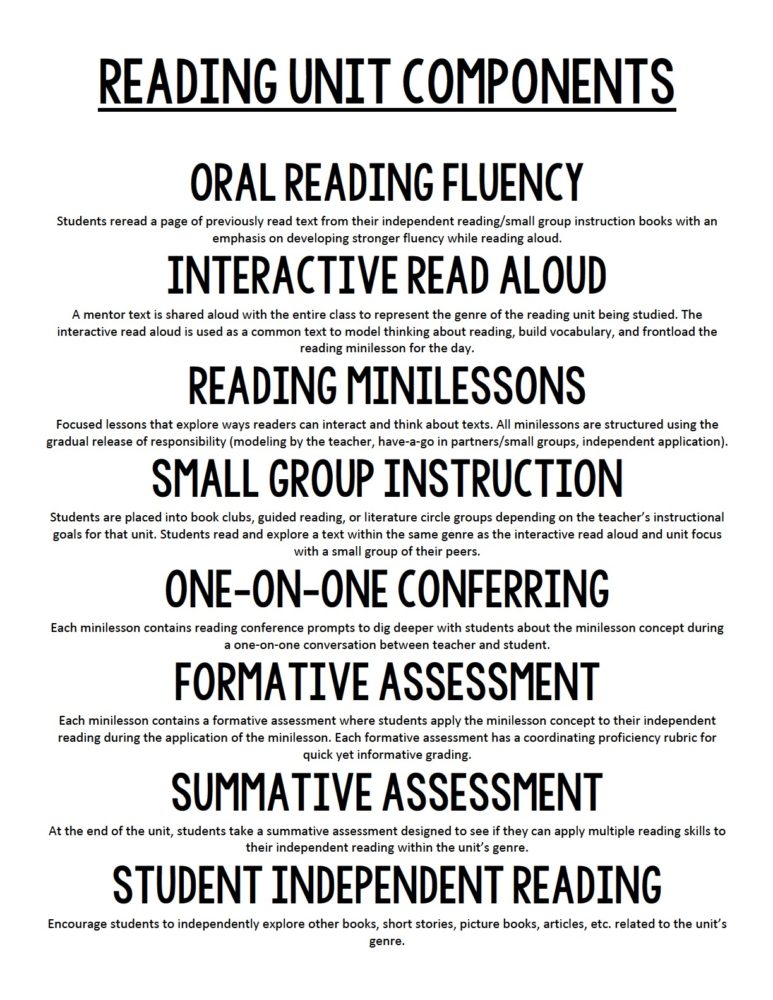
Instructional Practice 1: Partner Repeated Reading
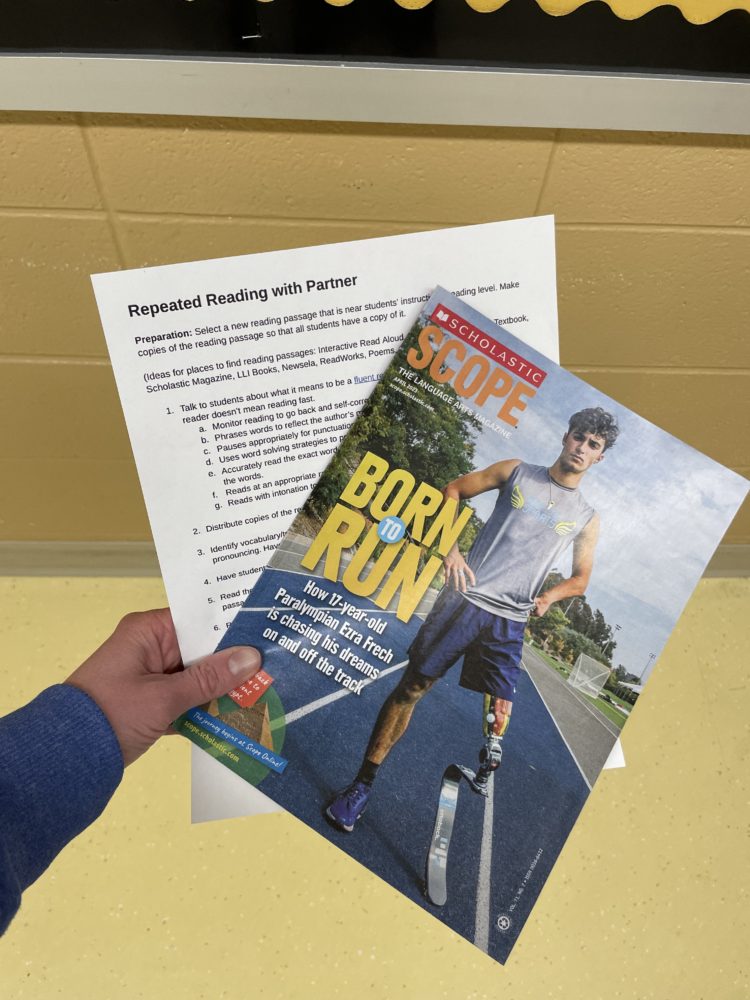
Partner Repeated Reading takes 15-20 minutes if you’re completing each step. It can work with 2-3 paragraphs of text from any source. Places I like to use text for repeated reading from are Scholastic Magazine articles, students’ textbooks or informational texts from social studies and science, and even just a page from a book we’re reading works great, too. There are a lot of different variations out there of how students can do repeated readings. This is a sequence that has worked well for me and my students over the years that I have tweaked over and over again. I like it because it addresses vocabulary/tricky words, has a whole group component, and then students are able to work with partners and give each other feedback. If you would like a free download of the Partner Repeated Reading instructional sequence, along with a sheet of feedback prompts for students to use, click here.
Instructional Practice 2: Frayer Vocabulary Model
There is a strong correlation between middle school students who struggle with reading and their vocabulary level. I’m always amazed in my standards based gradebook at the link between students who consistently score low on formative and summative assessments for Reading Standard Four (Determine the meaning of words and phrases as they are used in a text) and students who flag in reading on our universal screener. Many of these students are strong writers, hard workers, and even fluent readers, but their vocabulary level is lacking.
The Frayer Model is a great visual that takes students through different layers of a singular vocabulary word. I would recommend doing this with 1-2 words several times a week. The words should come directly out of articles and books students are reading during the reading intervention time. They should also be words that students will encounter and use over and over versus content-specific “one and done” words. There are a lot of variations of the Frayer Model out there. This is a version that I made and have enjoyed for middle school students. You can download a free copy of it here.
- Students write the selected vocabulary word in the middle of the circle.
- Next, students cite the sentence the word was used in.
- Based on context, students write down synonyms or a definition they think closely aligns with the word.
- After students have attempted to write a definition, look up the actual definition and write down the reference definition.
- Finally, have students use the word in a sentence of their own.
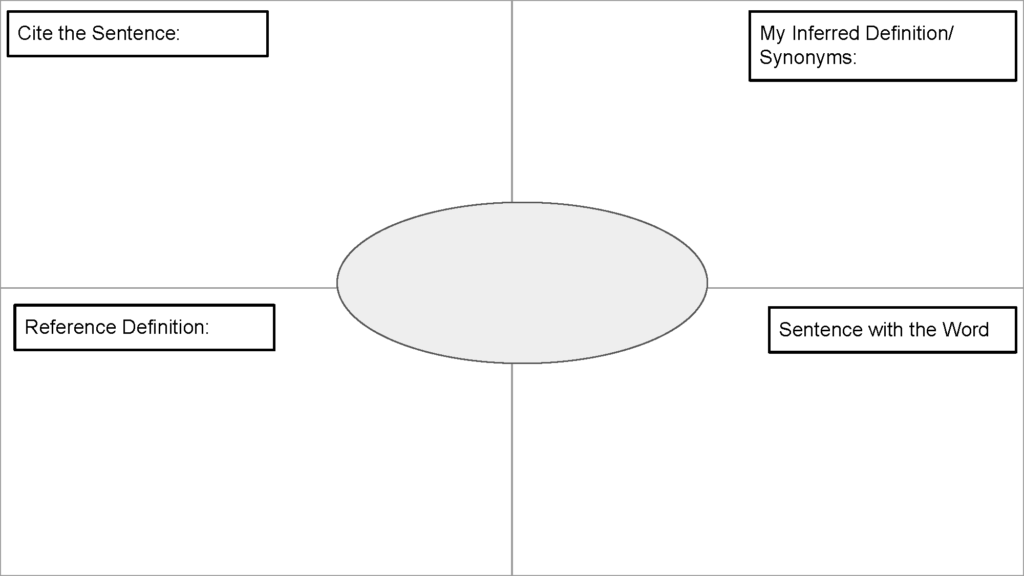
Instructional Practice 3: Reader’s Theater
This has been such a hit with the students in my reading intervention group this year. They look forward to our weekly reader’s theater day and negotiate with each other to get certain character roles. The irony of this is not lost on me. Middle school students who are placed in a reading intervention love reader’s theater and fight with each other for the largest speaking parts.
Reader’s theater obviously is targeted at reading fluency, but it also is great for reading comprehension and vocabulary. There are a lot of reader’s theater resources out there. I use Scholastic’s Scope Magazine with my students. What I love about their reader’s theater is that the plays are adaptations from famous films, novels, and short stories, so students are also building a lot of background knowledge on concepts that are incorporated into other books they’ll read.
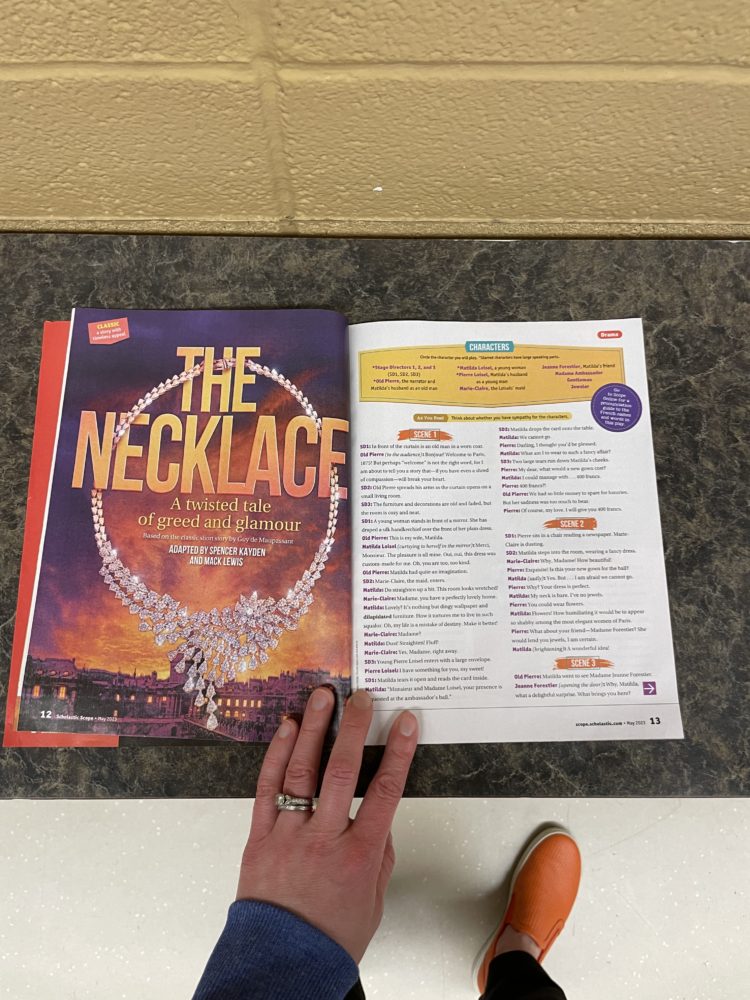
Instructional Practice 4: Text-Based Response
One component of reading intervention that is often overlooked is writing. To address reading comprehension deficits, reading response is a great instructional practice to use. Another win-win is this is a great skill for students not only in ELA class, but in content area classes as well. When I teach text-based response I use an acronym called TEA. (This is comparable to other reading response formats such as ICE, RACE, etc.)
T = Topic Sentence: Teach students the art of flipping the prompt into a topic sentence.
E = Evidence & Explanation: Students find a piece of text evidence that helps support their response to the prompt and give an explanation of what is going on in the text to give context to the text evidence.
A = Analysis: Students give their thinking to answer the prompt given.
Reading response using this format allows students to understand a replicable structure to use in response to text-based questions again and again. I have a resource in my TPT store that includes 36 text-based prompts for fiction and nonfiction texts with teaching instruction sheets and model responses. It would work great for middle school reading intervention. You can find the resource here.
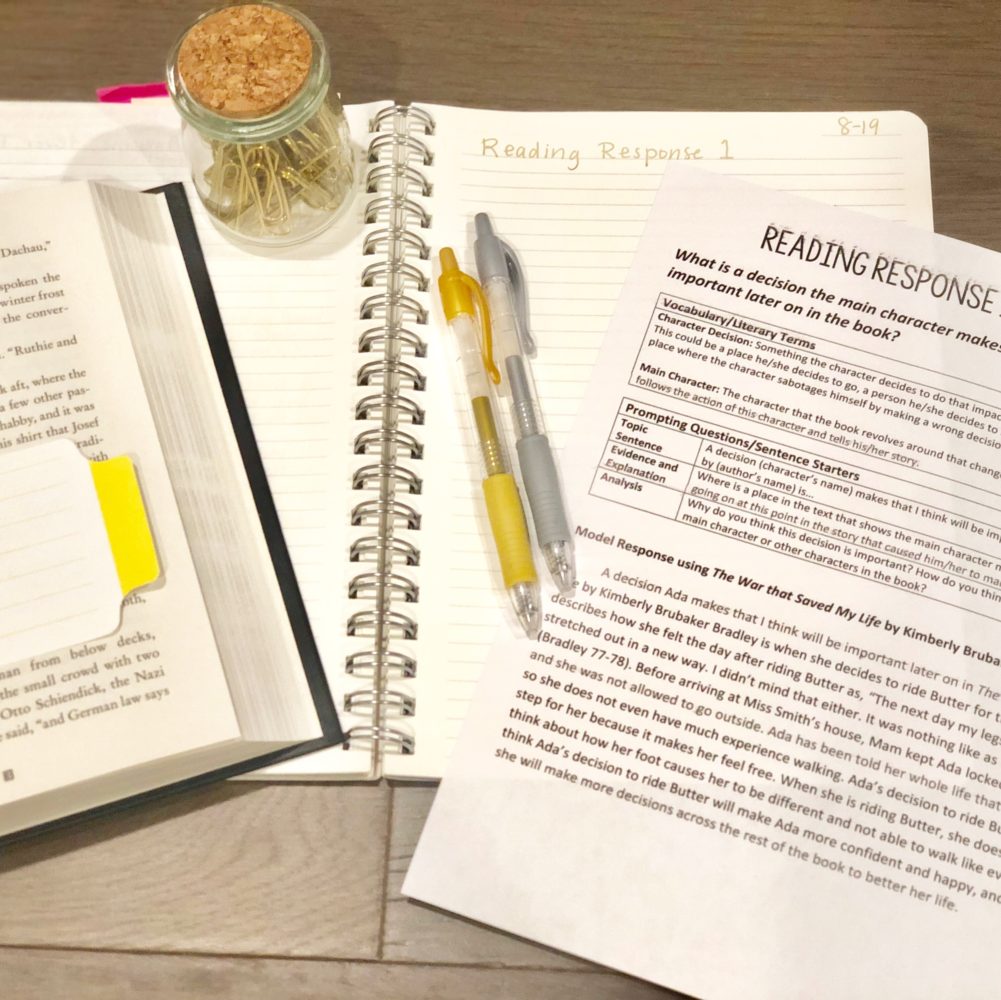
Instructional Practice 5: Novel Read Aloud
A read aloud with a novel is a great way to break apart routine in a middle school reading intervention that lasts across the school year. I have had the same group of students for most of the school year, and we have settled into a routine where we keep a weekly schedule for about a month and then take a two week break to do a novel read aloud before hopping back into our weekly schedule (which I’ll talk more about below).
When we read a novel aloud, I like for each student in my reading intervention group to have a copy of the novel to follow along in. This is different than what I recommend for a whole class read aloud during core instruction when just the teacher would have a copy of the book. In reading intervention, each student having a copy of the novel allows us to still incorporate repeated readings, vocabulary activities, and have students see and hear words simultaneously.
Orienting yourself to the character, plot, and setting at the beginning of a book and tracking events across a text are two places many students struggle with when reading a novel. My goal in reading a novel aloud with my reading intervention group is also to give students guided strategies for how to manage and solve these challenges. If we make the mistake of only using shorter texts during reading intervention in middle school, I don’t think we’re fully preparing students to be able to transfer what they’re learning in reading intervention back into core instruction where they will encounter longer texts.
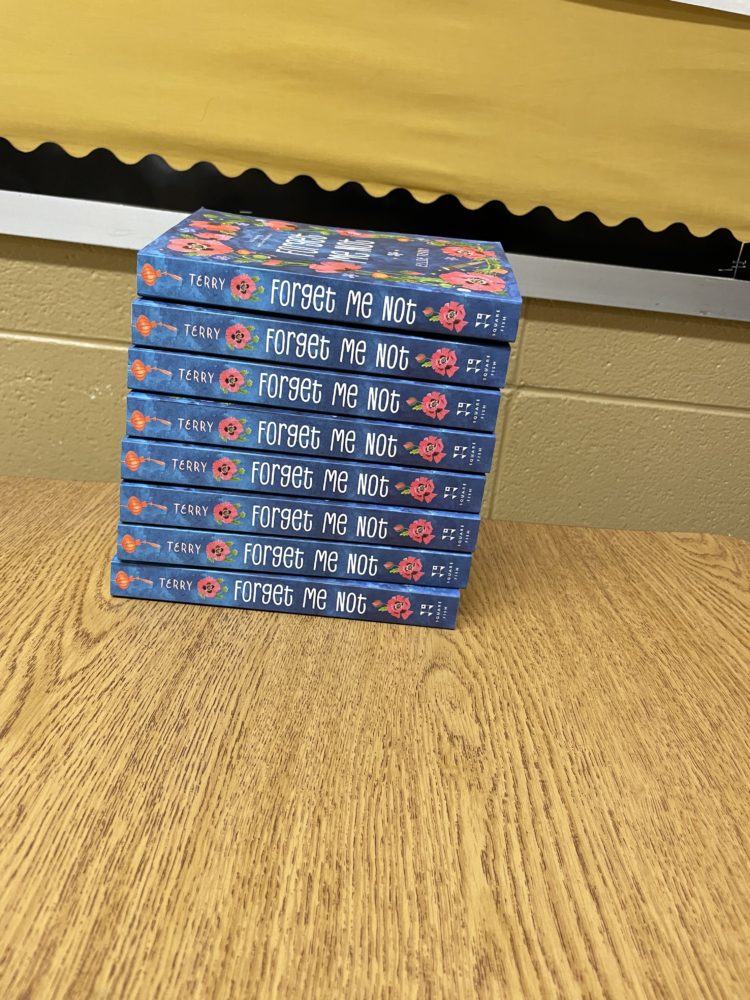
A few things I consider when selecting novels for reading intervention are length (shorter novels work best so you can finish them in a 2-3 week time frame), genre (use a variety of genres), and engagement (a book that will pull students in). Three of my favorite read alouds that I’ve used in reading intervention this school year are Out of the Dust by Karen Hesse, Forget Me Not by Ellie Terry, and The Red Kayak by Priscilla Cummings.
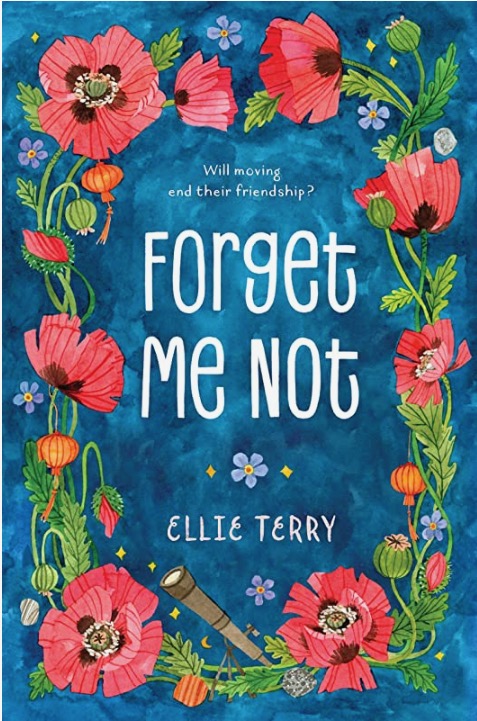
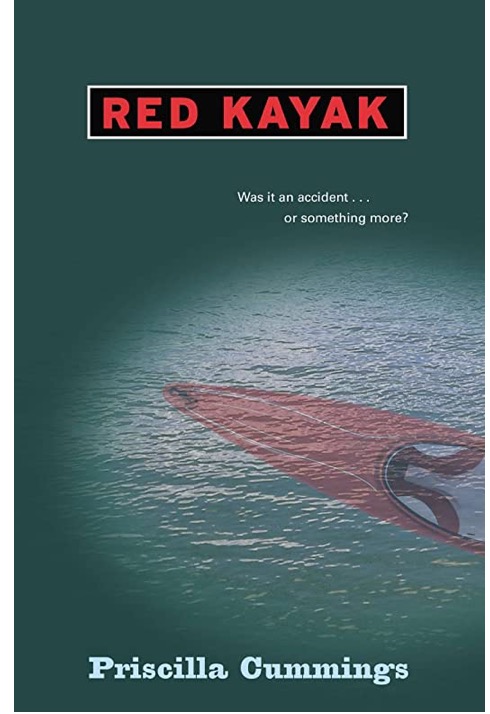
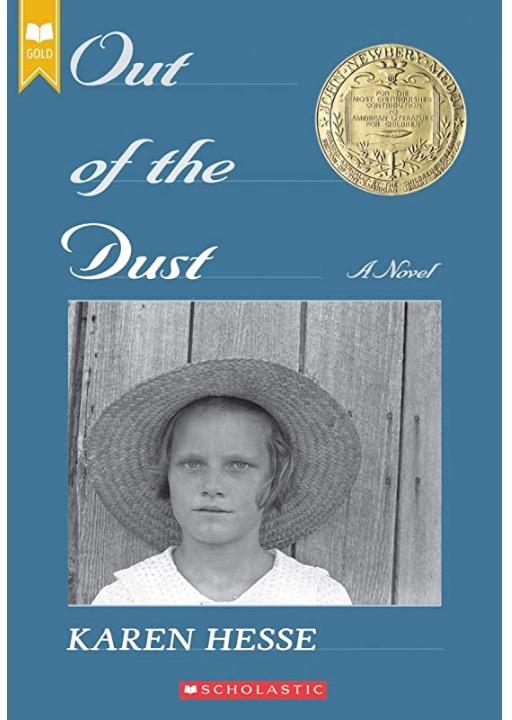
Instructional Practice 6: Word Parts Work
Addressing spelling patterns and word parts in a developmentally appropriate way has been the biggest challenge I’ve faced when designing middle school reading intervention for students. Two resources that I’ve used over and over again that are great for middle school students are Mindful of Words: Spelling and Vocabulary Explorations for Grades 4-8 by Kathy Ganske and Daily Word Ladders by Timothy Rasinski. Mindful of Words contains word sorts where students sort a collection of words by different spelling patterns. There is also great work around Greek and Latin roots and connecting that to students’ vocabulary. Daily Word Ladders are so fun. Students always ask to do these. It’s a great way to start out reading intervention time as a warm-up or at the end as a cool-down.
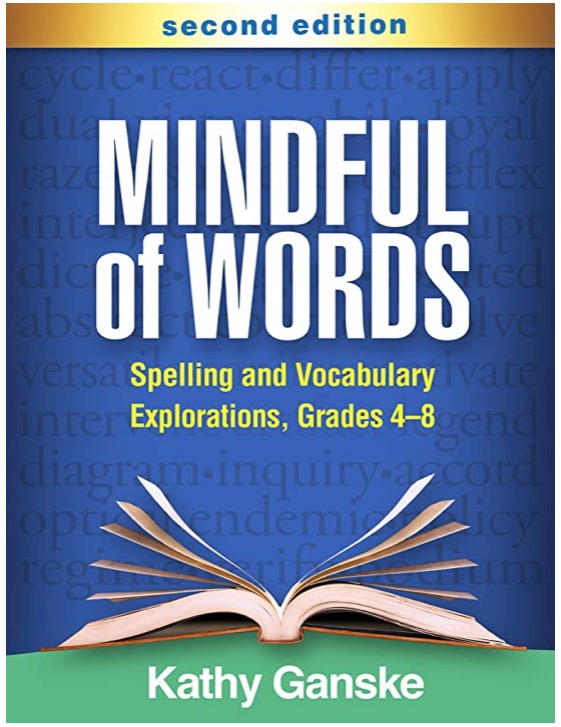
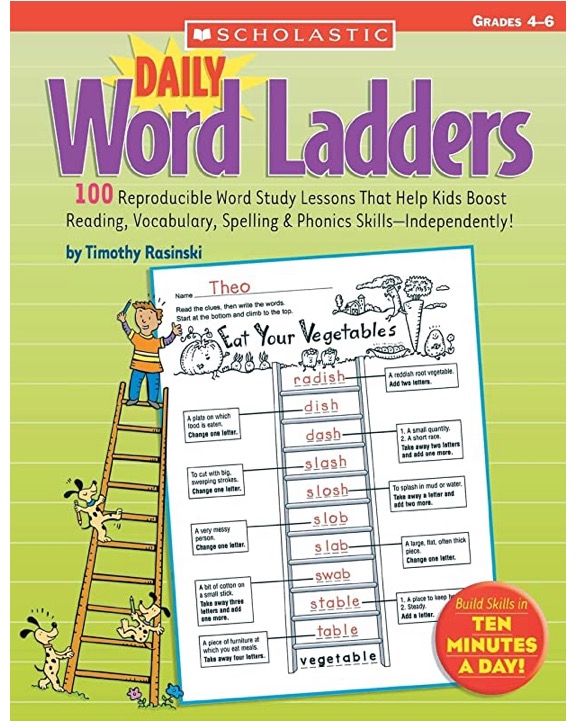
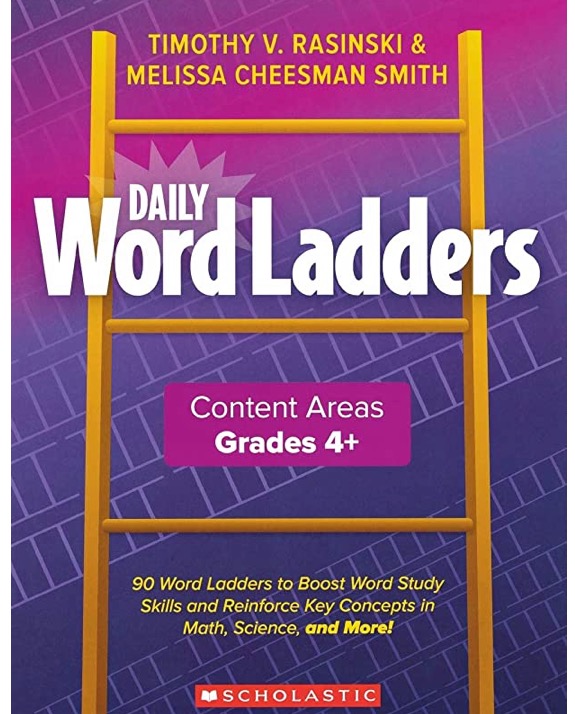
Sample Weekly Reading Intervention Schedule
*The schedule below is based on 30 minutes of reading intervention time 4 times/week.
Weeks 1-4
Monday: Read article, Frayer Model with 1-2 words
Tuesday: Partner Repeated Reading, Word Sort
Wednesday: Word Ladder, Text-Based Response
Thursday: Reader’s Theater, Frayer Model with 1-2 words
Weeks 5-6
Novel Read Aloud
*Repeat
Final Thoughts
If you’re interested in the Partner Repeated Reading teacher directions/student feedback handout and Frayer Model template. Click here to access the free download.
When designing a reading intervention that will work for your middle school students, I hope there are at least a few ideas or thoughts from this post that will be helpful to you!





